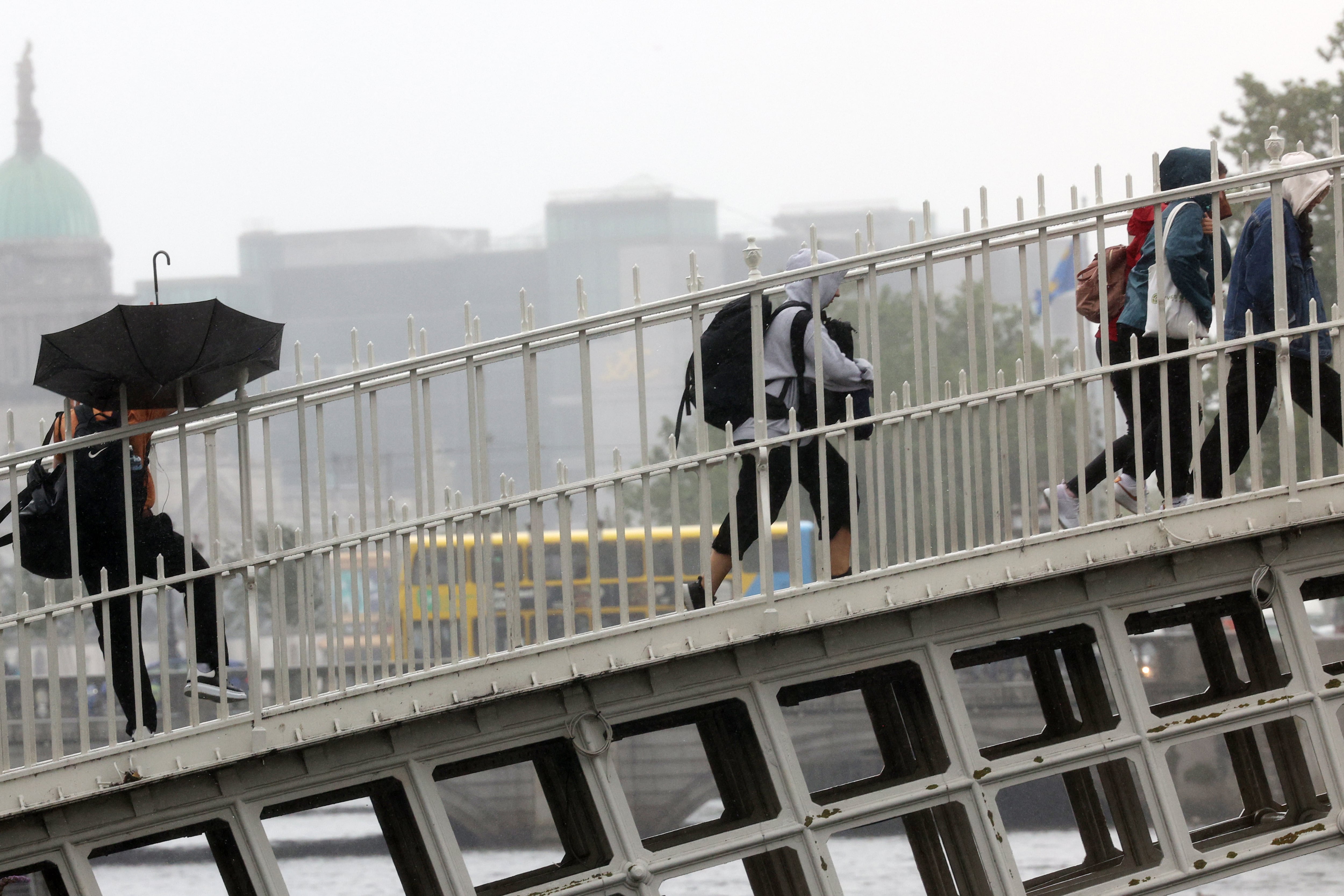The Ukrainian war and subsequent energy crisis have meant that energy prices have never been so topical. Gas prices reached staggering heights in summer 2022, and although gas and electricity prices have fallen since, they remain well above their long-run average.
While this is true across Europe, Irish electricity prices are among the highest in Europe, and have been since before the energy crisis began. To understand why this is so, we must first understand the different drivers of electricity bills.
Irish households and small businesses buy electricity from a retail company, which faces several costs that they must cover: the cost of purchasing electricity from the wholesale market to sell on to their customers; the cost of the electricity network required to transport electricity around the country; any taxes or subsidies levied by the government; and the retail company’s own costs. Eurostat helpfully decomposes all electricity retail costs across Europe into the final components, and so we can see where Ireland is an outlier among its peers.
[ Wholesale electricity prices hit lowest levels this year in JulyOpens in new window ]
The wholesale cost of electricity is what most people think of when they think of energy bills: we generally assume that the electricity we actually use makes up the bulk of our bill. In fact, the energy cost was only 48 per cent of Irish bills in 2022, with the average across the EU even lower, at 45 per cent. However, because Irish bills are so much higher than the EU average, the Irish energy component in absolute terms was 36 per cent higher than the EU average.
READ MORE
Wholesale prices across the EU are largely driven by one thing – the share of gas generation. The more gas generation a country has, the higher the bills. The majority of Irish electricity is generated by gas, followed by renewable energy, mostly from wind. Historical data from Ireland shows that higher demand and higher gas prices lead to higher electricity prices, while wind power depresses energy prices.
Energy market simulations have also shown that the ability of wind power to depress prices is highest when gas prices are highest. While electricity prices reached dizzying heights in Ireland, they would have been higher again but for our renewable power.
One way to shield consumers from the impacts of high gas prices, as long as gas makes up a sizeable portion of our generation, is to encourage electricity generators and retailers to enter into long-run contracts with each other. When wholesale energy prices are high, the generator wins and the retailer loses, while low energy prices mean the retailer wins and the generator loses.
There should be a clear incentive for these firms to sign contracts with each other that share the upsides and downsides, which in turn should provide greater certainty for generation companies. Greater certainty reduces risk premiums for companies, which in turn means lower prices for consumers – and yet this type of arrangement in the Irish electricity market remains low compared with other European countries. Determining why this is the case should be a priority for policymakers.
Network costs make up just over a fifth of bills. Again, however, the fact that Irish electricity bills are higher than average means Irish network costs are 42 per cent higher than the EU average. Higher network costs are harder to explain, as they are not driven by fuel prices. A low population density, requiring more network investment per household, may go some way to explaining our higher network costs, while renewable power may also put upward pressure on network investment.
[ Transition to renewables will require ‘huge national effort’, energy summit toldOpens in new window ]
Higher labour costs may also explain the higher network costs. Connection costs for Irish generators are higher than in other EU countries, and these higher costs are passed on to consumers via the retail companies. An audit of the drivers of network costs in Ireland compared with other EU countries may be advisable, especially given the increased interconnection and network investment planned.
Taxes, fees and levies make up 23 per cent of Irish bills. Unlike the other components of our bills, taxes are completely transparent and are largely under policymakers’ direct control. This is also the one area where we compare favourably with the EU average, which comes in at 27 per cent. However, if prices are higher, taxes such as VAT and excise are also higher in absolute terms, as they are charged as a percentage rate: if energy prices decline, the taxation on them declines also.
On top of all the above, Irish electricity demand is increasing – mainly due to data centres, but also due to a growing population and the switch to electric heat and transport. This means that policy action to reduce prices may amount to us running to stand still. While reducing gas generation, increasing forward contracts and keeping a lid on network costs may help, none of this is easy to achieve in the short term.
There is also nothing that can be done about our dispersed population, or the fact that we are a small island at the periphery of Europe. Reducing our electricity costs may be challenging, but determining the root causes would be a good first step: if we can’t solve the problem, we should at least be able to explain it.
Muireann Lynch is an economist at the Economic and Social Research Institute















